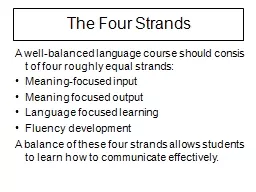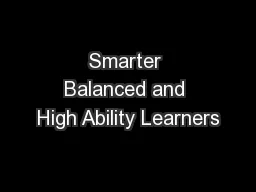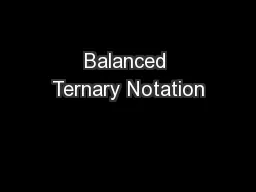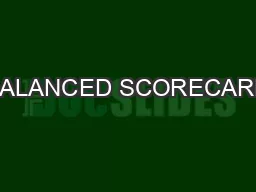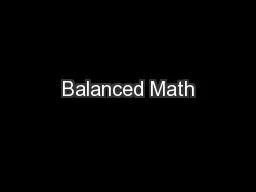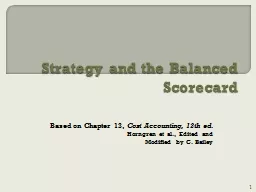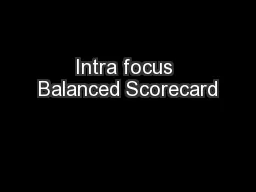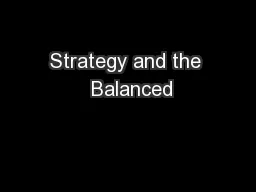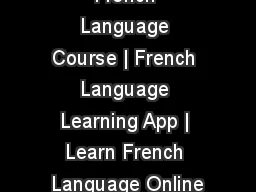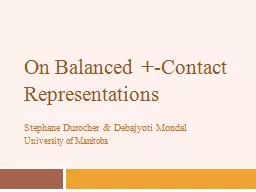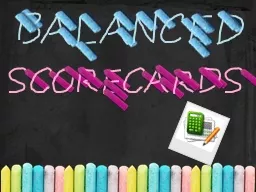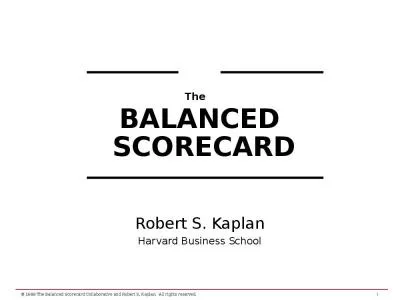PPT-A well-balanced language course should consist of four roug
Author : danika-pritchard | Published Date : 2016-07-20
Meaningfocused input Meaning focused output Language focused learning Fluency development A balance of these four strands allows students to learn how to communicate
Presentation Embed Code
Download Presentation
Download Presentation The PPT/PDF document "A well-balanced language course should c..." is the property of its rightful owner. Permission is granted to download and print the materials on this website for personal, non-commercial use only, and to display it on your personal computer provided you do not modify the materials and that you retain all copyright notices contained in the materials. By downloading content from our website, you accept the terms of this agreement.
A well-balanced language course should consist of four roug: Transcript
Download Rules Of Document
"A well-balanced language course should consist of four roug"The content belongs to its owner. You may download and print it for personal use, without modification, and keep all copyright notices. By downloading, you agree to these terms.
Related Documents

